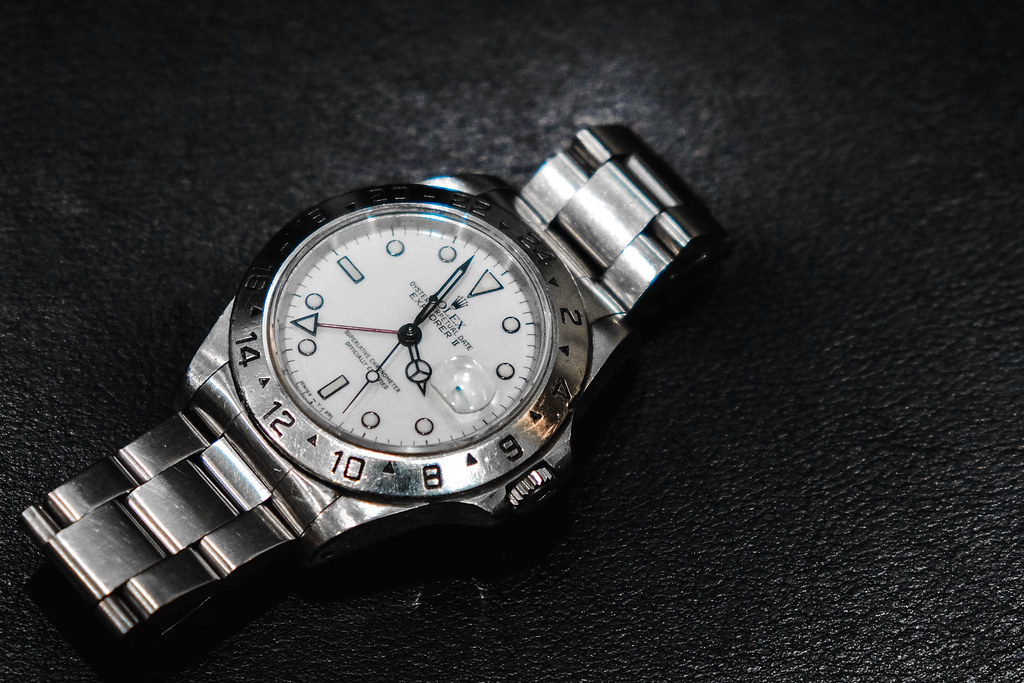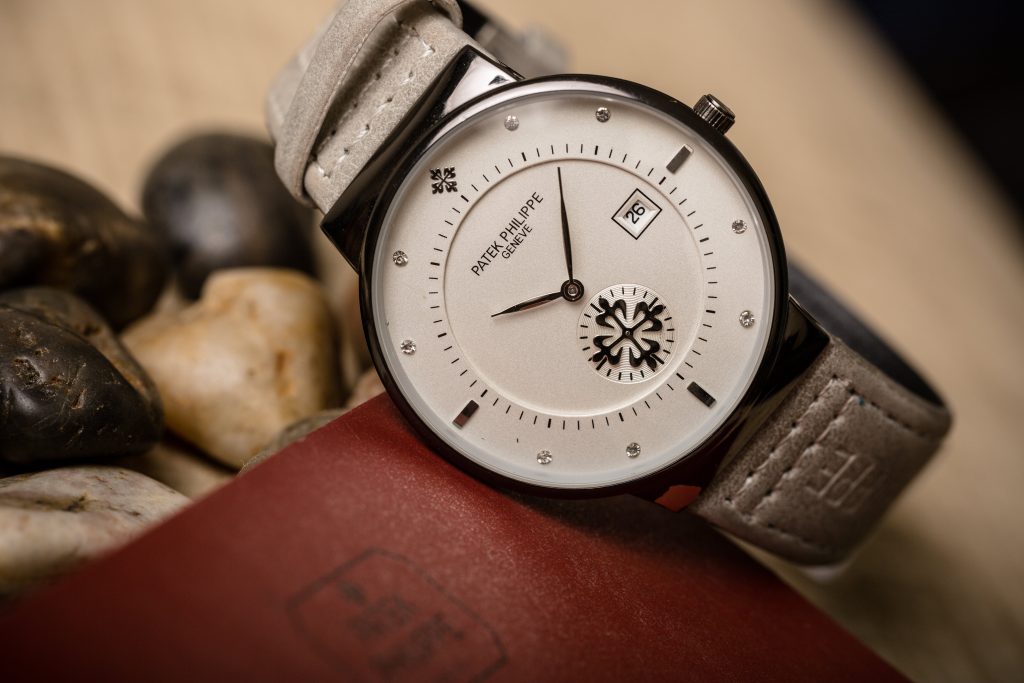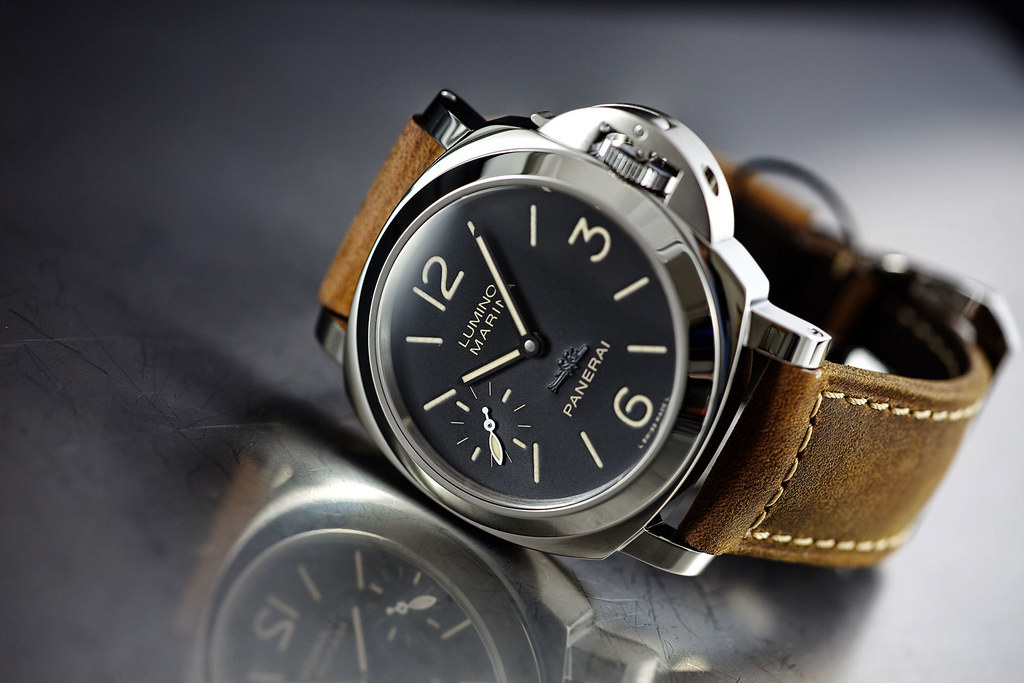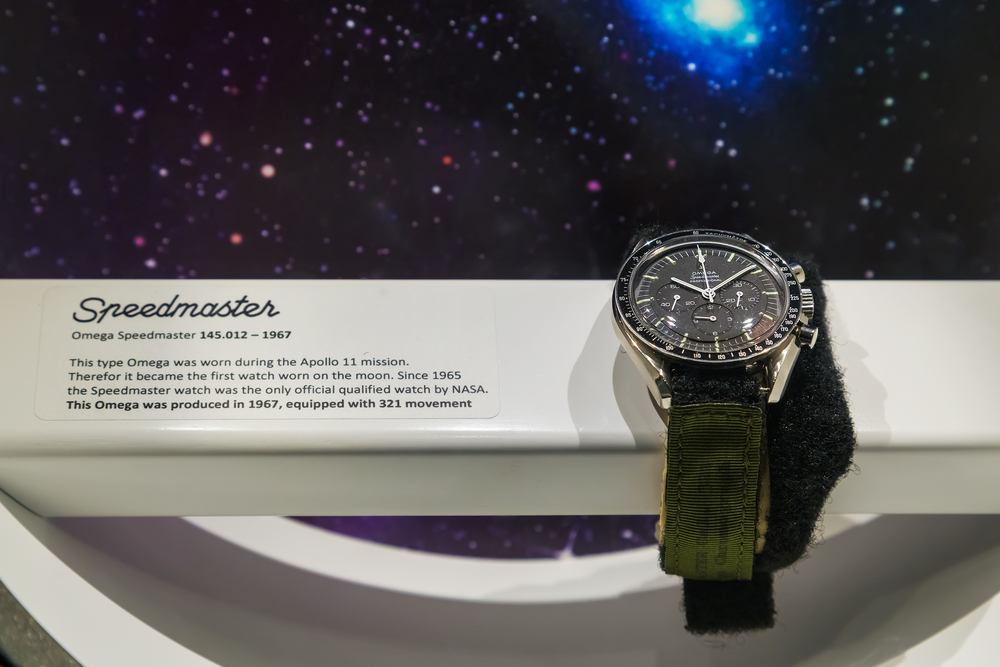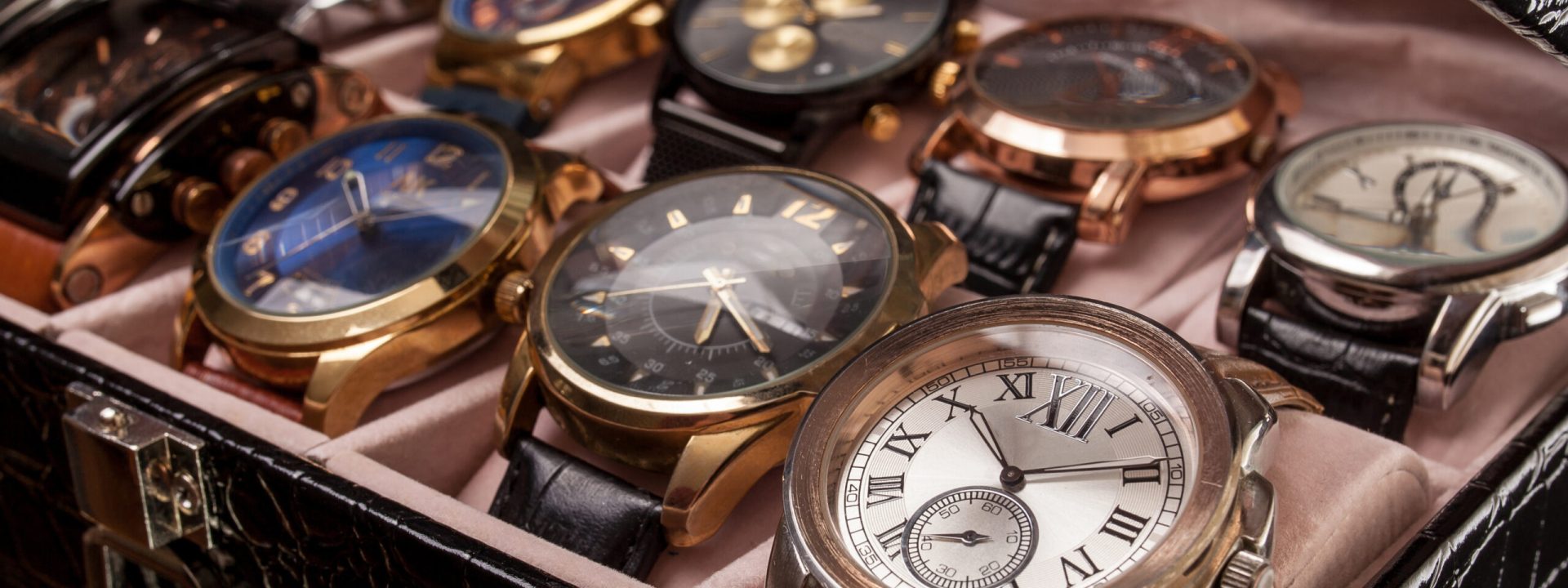The art of watchmaking is one that dates back centuries, a tangible representation of mankind’s persistent fascination with time. Horologists of the past were praised for their skill and ingenuity. They were awarded at world fairs and exhibitions for their endless innovations. Several pioneers of watchmaking also founded some of the most famous luxury watch brands. Many of which you might recognize. These watch brands are known for manufacturing timepieces of superior quality, featuring several impressive complications to aid with any task.
If you’re in the market for a new high-end watch, you may be feeling overwhelmed with the many options. Each watch brand is known for something different. Whether you prefer Vacheron Constantin or TAG Heuer – find the best watch for your taste and budget without the headache. We’ve compiled a list of the top luxury watch brands in the world. Read more to discover their unique histories and learn about their contributions to the science of timekeeping.
Patek Philippe
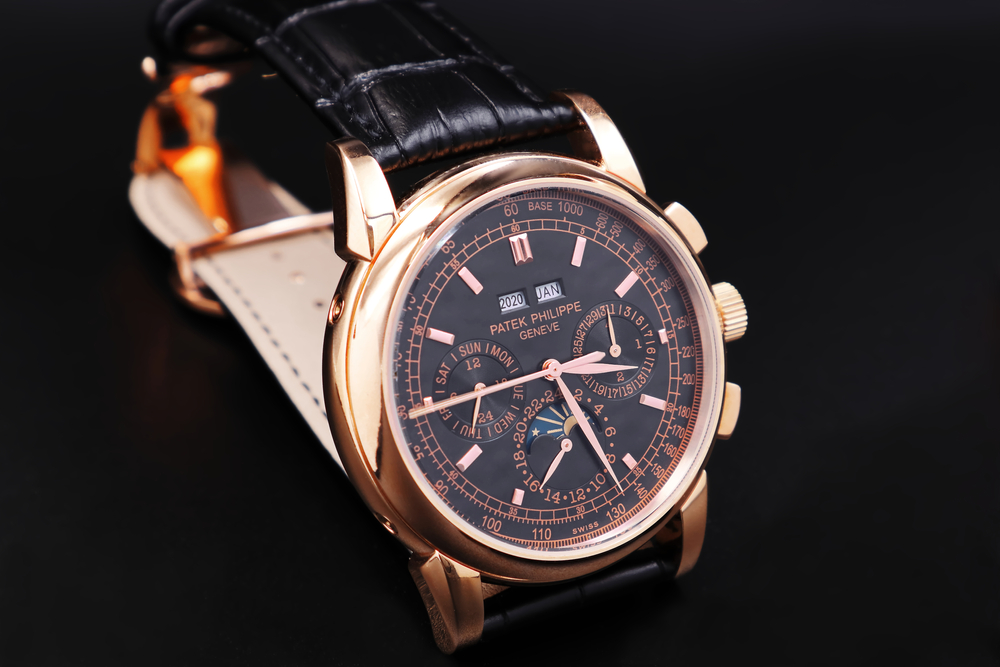
Patek Philippe was founded in 1851 as a partnership between two watchmakers, Antoni Patek and Adrien Philippe. Philippe was known for inventing a keyless winding mechanism, an early prototype of what we recognize as a winding stem. Patek Philippe has crafted timepieces of the highest quality, blending traditional style with sophisticated gears and gadgetry. One example of the brand’s commitment to quality craftsmanship is the Sky Moon Tourbillon, which features several watch complications. These include a perpetual calendar, retrograde chart, sky chart, moon phases, and an enchanting night sky on the case back.
Such elaborately detailed designs have come to define Patek Philippe, elevating the brand to icon status. Patek Phillipe watches are known to turn record profits at auction houses. In fact, the brand’s Grandmaster Chime Ref. 6300A-010 model is the most expensive watch ever sold at auction – a record $31.19 million. Patek Philippe is considered the finest watch brand in the world, and with their history, it’s easy to see why.
Audemars Piguet
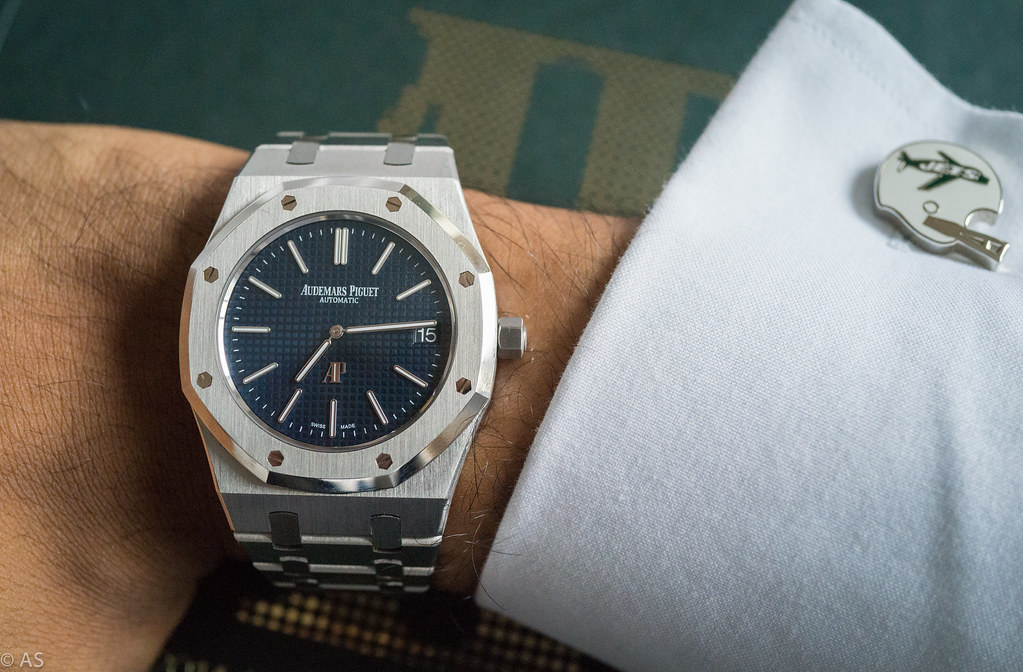
Lifelong friends Jules-Louis Audemars and Edward-Auguste Piguet got their start in 1875, originally creating precise watch movements for upscale brands like Tiffany & Co. Before long, the duo began designing their own complete timepieces for sale. Considered a champion of the industry, Audemars Piguet designed the world’s first minute repeater wristwatch in 1882. They also produced the first steel luxury sports watch, known as the Royal Oak.
These are just two examples of how the brand has revolutionized watchmaking, but their list of accolades goes on and on. Today, the Royal Oak is still considered one of Audemars Piguet’s most notable watch models, setting the standard for luxury sports watches. Prior to the Royal Oaks’ unveiling in 1972, sports watches were less than luxurious, designed strictly with utility in mind. And would you believe, this iconic watch model was designed in just 24 hours by watch stylist Gérald Genta. Audemars Piguet is so legendary, Tiffany & Co. and Bulgari still use their movements in many of their watch models today.
Vacheron Constantin
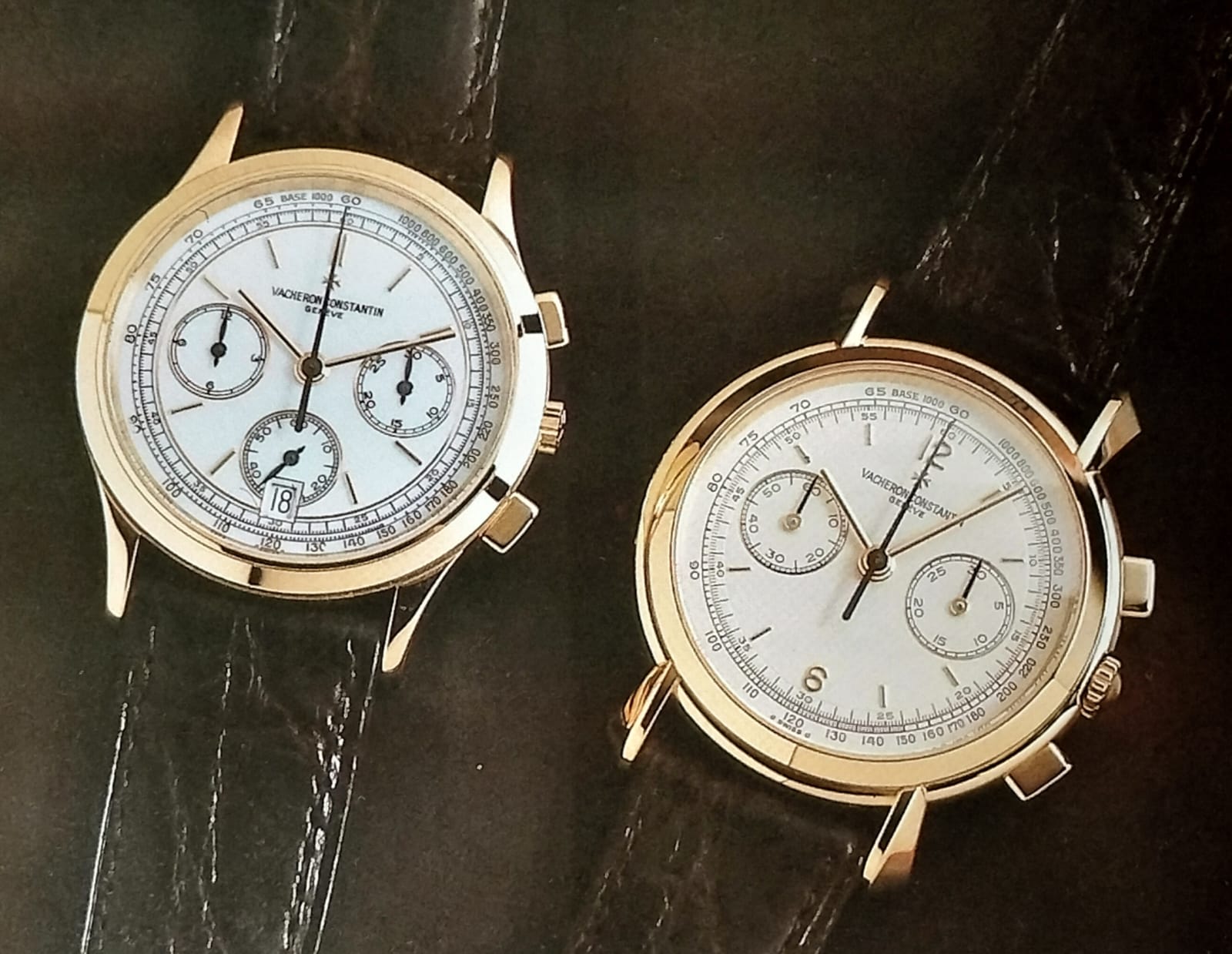
Vacheron Constantin is one of the oldest Swiss luxury watch brands in the world, remaining in continuous operation since its founding in 1755. It’s not just their expansive history that sets them apart from other Swiss watchmakers. Their timepieces are known for being remarkably elaborate, featuring details like engraving, enameling, guilloche, and gem-setting. A Vacheron Constantin watch is truly a work of art, both inside and out. They’ve contributed immensely to the advancement of horological science, achieving many firsts over the centuries.
Vacheron Constantin set a record in 2015, creating the most complicated mechanical watch in the world. The Reference 57260 boasts an impressive 57 complications. Their record of designing timepieces with breathtaking beauty and exceptional accuracy falls perfectly in line with their motto – “Do better if possible and that is always possible.” Famous Vacheron Constantin wearers have included Harry S. Truman, Napoleon Bonaparte, and King Farouk of Egypt, to name a few.
Rolex
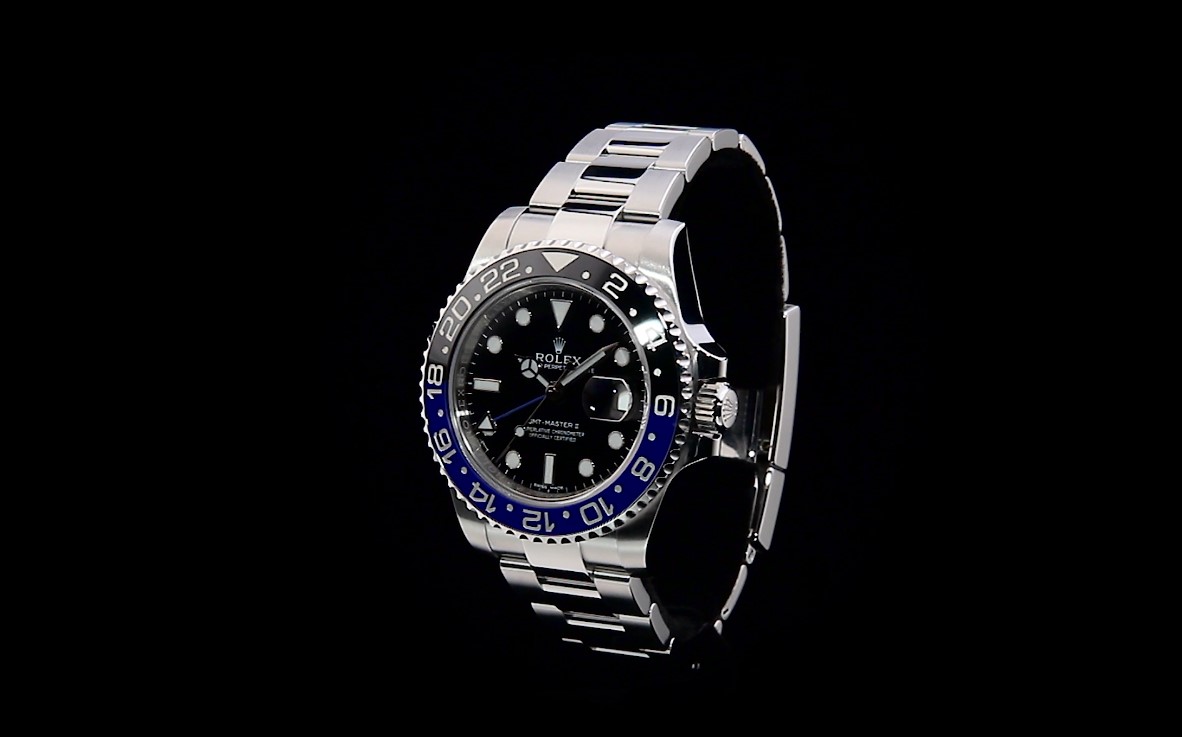
Rolex is arguably the most recognized luxury watch brand in the world and is certainly the most coveted. Founded in 1905 by Hans Wilsdorf, it didn’t take long for Rolex to become one of the most revered watch manufacturers. Their long list of innovations includes the first waterproof wristwatch (Rolex Oyster), the first watch with an automatically changing date (Rolex Datejust), and the first with and automatically changing day and date (Rolex Day-Date). These exceptional timepieces are the epitome of quality watchmaking, carefully crafted using superior methods and materials.
Rolex watches are as stylish as they are useful, the ideal marriage of form and function for watch enthusiasts and adventurers alike. Made to withstand the perils of deep-sea diving, mountain climbing, and even arctic exploration, a Rolex watch is as much a tool as it is an accessory. In fact, the first wristwatch to ever reach the peak of Mount Everest was an early prototype of the Rolex Oyster Perpetual Explorer. With such a longstanding legacy, it’s now wonder Rolex has had its fair share of famous fans including Dwight Eisenhower, James Cameron, Eric Clapton, and many more.
Omega
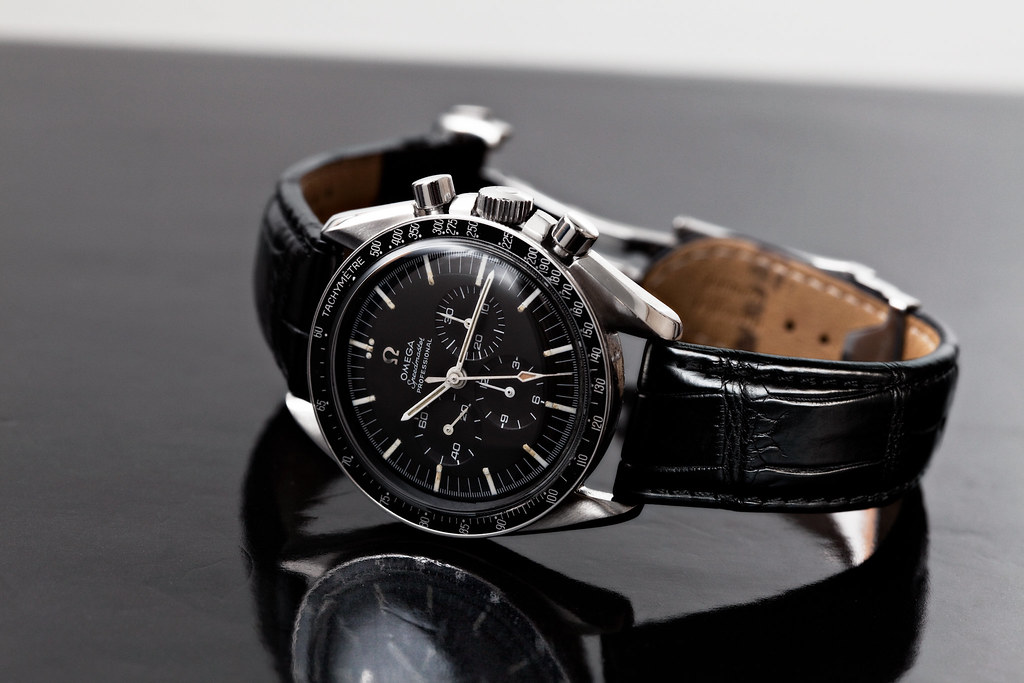
Originally founded in 1848 as the La Generate Watch Co., OMEGA trails closely behind Rolex as one of the most highly recognized Swiss watch brands in history. OMEGA watches are highly regarded as some of the most precise and efficient in the industry. They’ve played a significant role in history, and in cinema.
OMEGA was named the official watch of Britain’s Royal Flying Corps in 1917 and the United States Army in 1918. In 1932, they became the official timekeepers of the Olympic games, a partnership that remains to this day. OMEGA even had its watches flight qualified for NASA’s Apollo 11 mission, and in 1969, OMEGA made history by becoming the first watch to ever be worn on the moon.
Astronaut Buzz Aldrin wore his OMEGA Speedmaster as he explored the moon’s surface, a fact which would help elevate the brand to a whole new level of success and prestige. In addition to the long list of achievements, OMEGA is probably best known for adorning the wrist of everyone’s favorite secret agent, James Bond.
Cartier
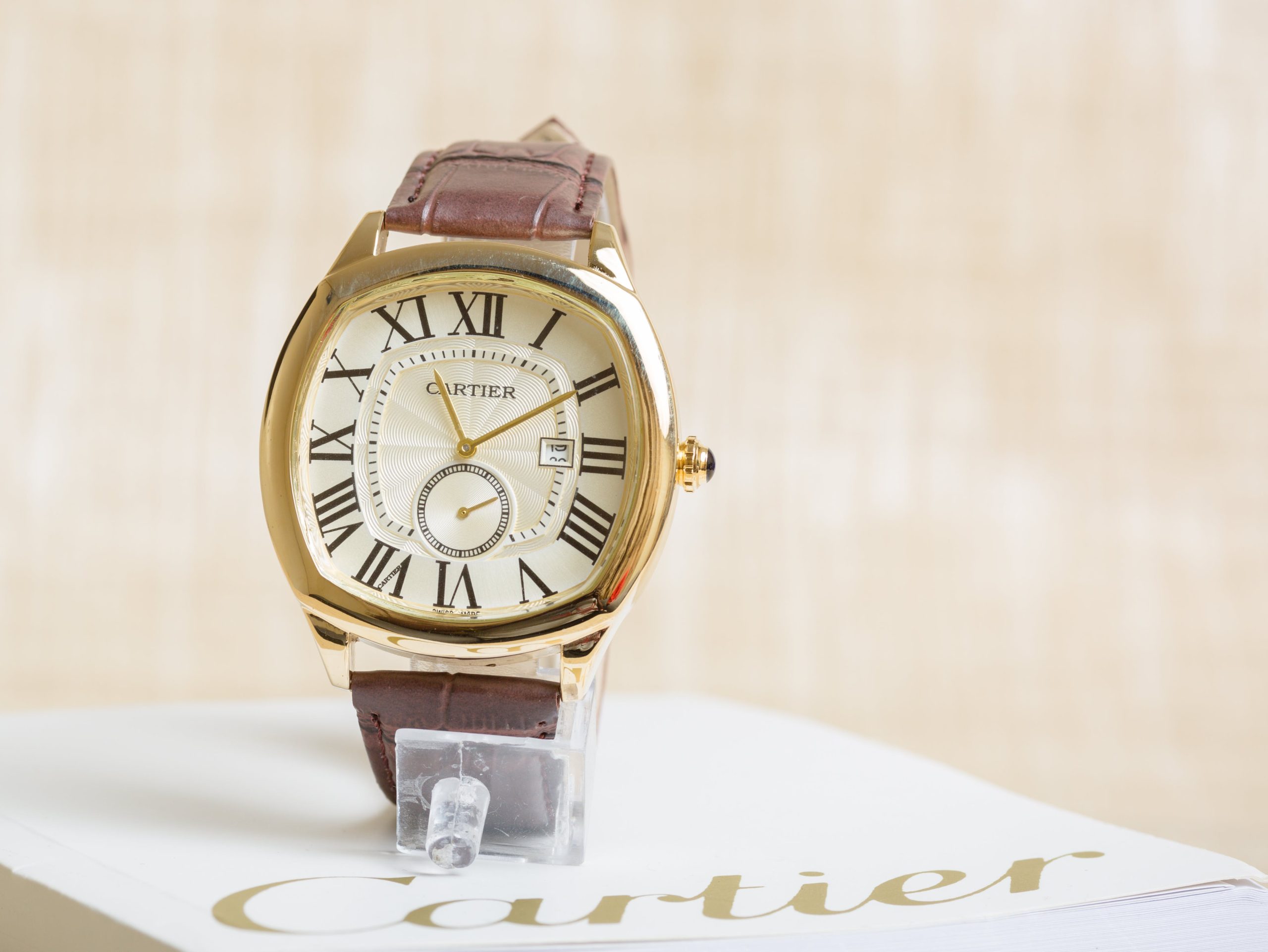
In 1904, Louis Cartier created his first wristwatch, the Cartier Santos. Inspired by his friend, Brazilian pilot Alberto Santos-Dumont, Cartier designed what would later be recognized as the first pilot’s watch. This was truly cutting-edge, as pilots were previously relying on pocket watches which were cumbersome and dangerous to fidget with while manning an aircraft. This was just an early taste of Cartier’s extraordinary watchmaking history. Other noteworthy achievements include the Cartier Tank and the Ballon Bleu de Cartier. Both of which were best-sellers for the illustrious jeweler and watchmaker.
In fact, the Ballon Bleu was the first watch model to include movements designed by Cartier. Prior to this, Cartier purchased its movements from the best of the best – Patek Philippe, Audemars Piguet, and Rolex, among others. While many luxury watch brands may stand out on the wrist, a Cartier watch looks a bit more refined. Most of their watch models feature roman numeral hour makers, giving them an esteemed look that also acknowledges the brand’s Parisian roots. A quick look at a Cartier watch and it’s easy to see why the brand has such celebrity appeal. Not only are they splendid and elegant, but they’re also a hallmark of Cartier’s grand cultural legacy.
Jaeger-LeCoultre
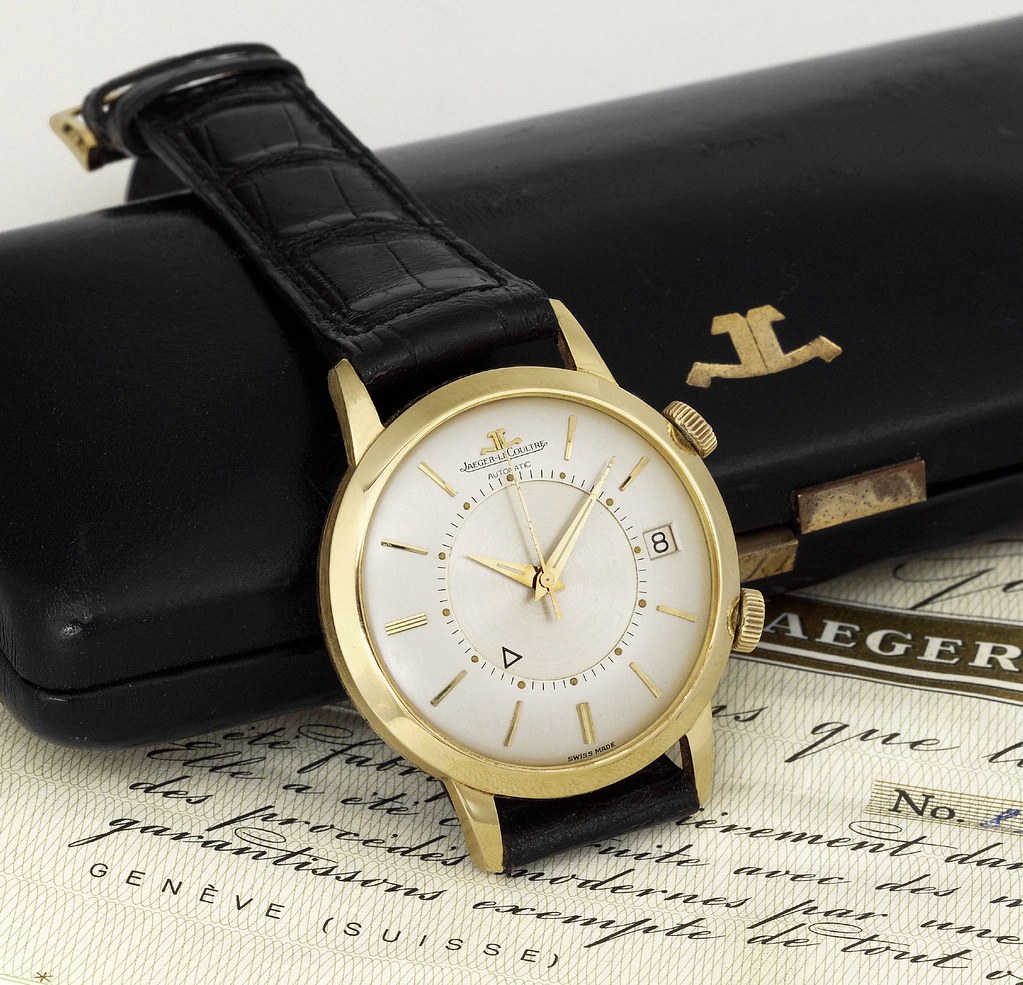
Established in 1833 by Antoine LeCoultre, a self-taught watchmaker and inventor, Jaeger-LeCoultre is an acclaimed Swiss watch manufacturer. The brand is one of the single greatest contributors to the advancement of watch technology.
They’ve produced more than 1,000 calibers and hold over 400 patents for hundreds of various inventions. One such invention is the Calibre 101, the world’s smallest watch movement, developed by Jaeger-LeCoultre in 1925.
Prior to his invention, women’s watches were too small to function precisely. The Calibre 101 led to the design of the first luxury watch for women that was stylish and reliable, the Duoplan.
Their expertise is so highly regarded, they’ve even supplied movements to watchmakers like Patek Philippe and Vacheron Constantin. Jaeger-LeCoultre has long dedicated themselves to the art of watchmaking, a fact which is evident from their highly sophisticated, elegant timepieces.
IWC Schaffhausen
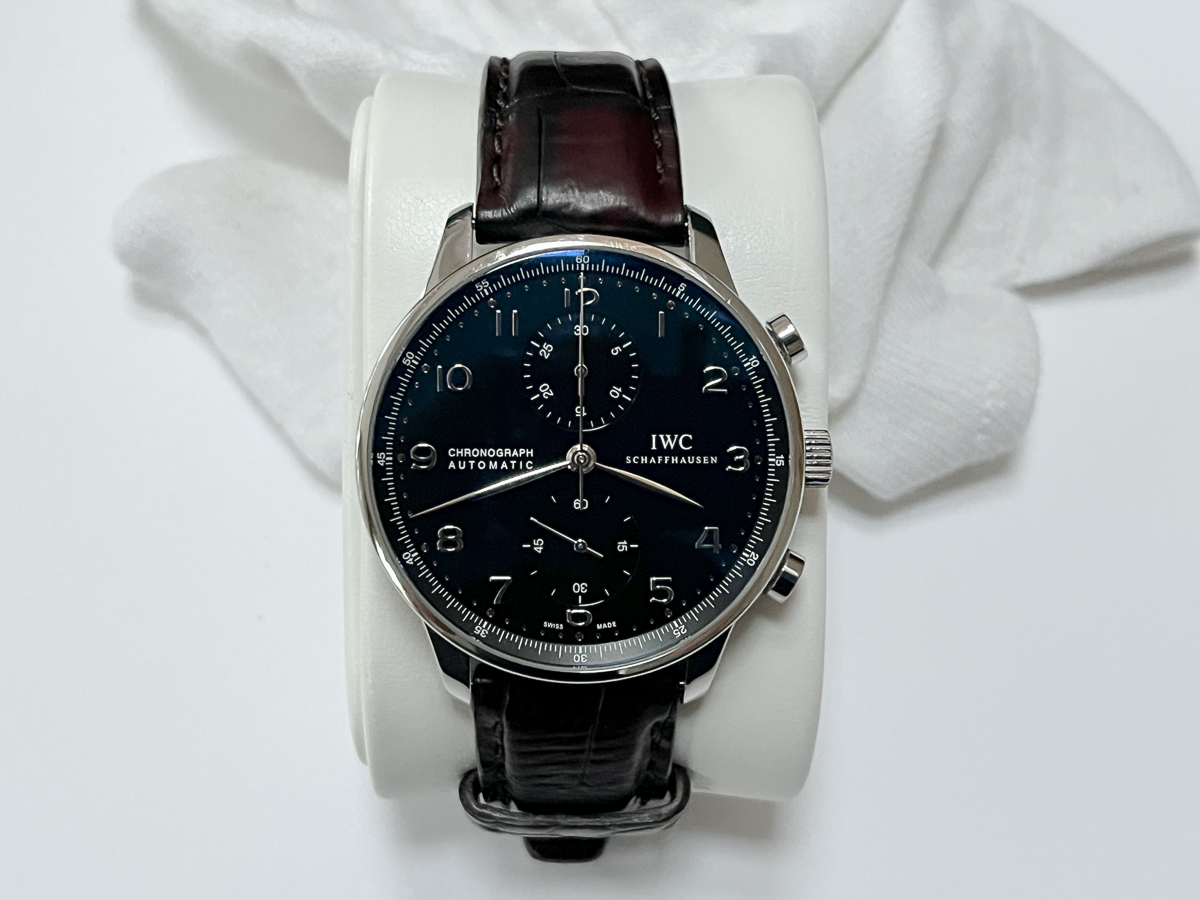
The International Watch Company was founded by an American watchmaker, Florentine Ariosto Jones, in 1868. Jones brought his skills and expertise to Switzerland – the horology capital of the world – and established his headquarters in Schaffhausen. IWC is best known for their dive and pilot watches, precisely engineered in accordance with the highest industry standards. In 1936, as the field of aviation was rapidly expanding, IWC Schaffhausen released their first pilot’s watch, and early mockup of the famed Big Pilot’s watch.
The brand was even commissioned by the British Royal Air Force to develop a service watch for its pilots, the IWC Mark 11. IWC has a unique system of record keeping that they established in 1885. They keep a meticulous catalog of every watch they’ve ever made dating all the way back to 1868. As if that weren’t impressive enough – IWC Schaffhausen has recently dedicated itself to increasing their production standards as a means of addressing growing environmental concerns.
TAG Heuer
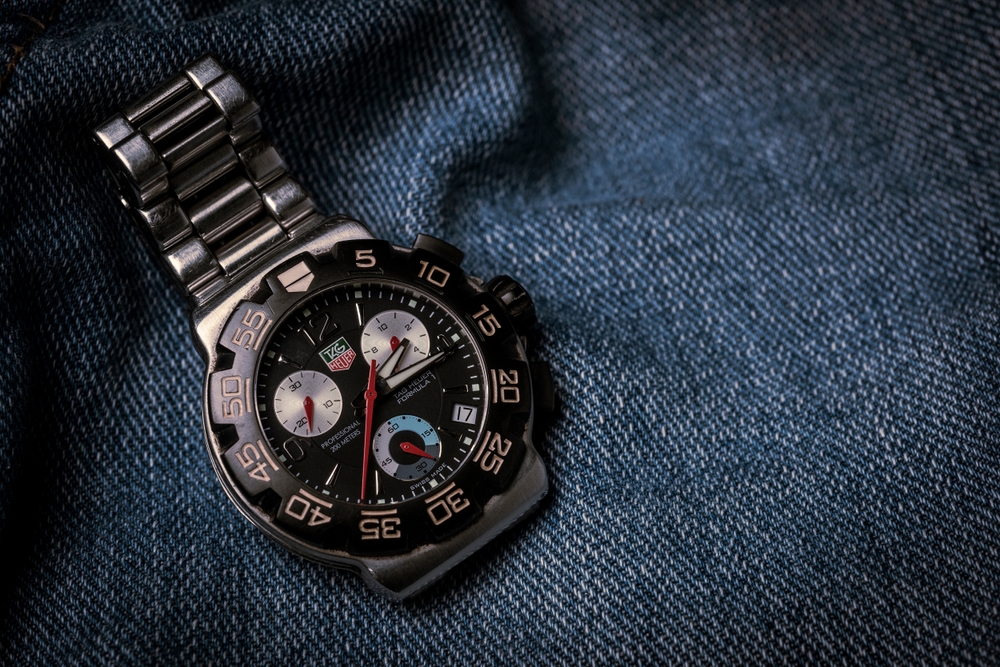
Originally established as Heuer Watchmaking Inc. in 1860 by Edouard Heuer, TAG Heuer has made a name for itself as an innovator in sports timing, specifically in race car driving. In 1916, the watchmaker launched the Mikrograph, a mechanical stopwatch that could measure 1/100th of a second. It was the first of its kind and transformed the business of sports timekeeping. Today, the brand is still heavily associated with the auto racing industry.
Besides its long list of partnerships with racing organizations, some of TAG Heuer’s most well-known watch models are named after famous racing events like the Formula One, Carrera, and Monaco collections. Actor Steve McQueen famously wore a blue TAG Heuer Monaco in the 1971 film Le Mans, cementing the watch’s iconic status. Besides manufacturing wristwatches, TAG Heuer also produces timepieces that can be mounted to the dashboards of automobiles, boats, and aircraft.
Panerai
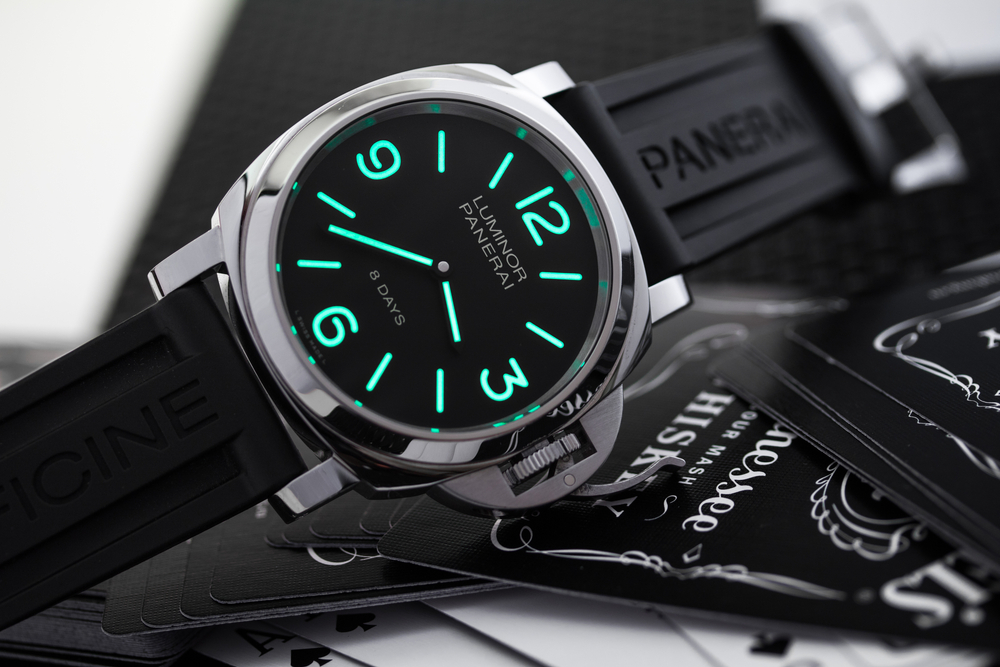
Panerai is the only watch brand on this list that is based out of Italy rather than Switzerland. Giovanni Panerai founded his company in Florence, Italy in 1860. Shortly after his founding, Panerai began supplying the Royal Italian Navy with watches and other precision dive instruments. The watchmaker had patented a luminous powder called radiomir which could be used to illuminate a watch dial. They paired this radiomir paint with large, Arabic numerals to ensure ideal visibility underwater.
This simple, yet bold design has become a signature style for Panerai. Besides being known for their ultra-sophisticated dive watches, Panerai has made a name for itself as a luxury watchmaker. In the past two decades, the brand has released reimagined versions of famous models like the Luminor and the Mare Nostrom. In 2001, Panerai re-opened its original boutique located in Florence’s historic Piazza San Giovanni. The brand has exclusive, special edition models that are only available for sale at this flagship location, a definite stop for watch enthusiasts traveling to Florence.
Luxury Watches in San Diego
Wondering where you can find fine watches in San Diego? Stop wasting time on the web and come to Leo Hamel Fine Jewelers instead! We offer an extraordinary selection of new and pre-owned luxury watches, from these renowned watch brands, and more. A finely crafted timepiece is well worth the price, a treasure to cherish for a lifetime and then some. What’re you waiting for? Visit Leo Hamel Fine Jewelers today, and discover the luxury watch that’s been calling your name!

